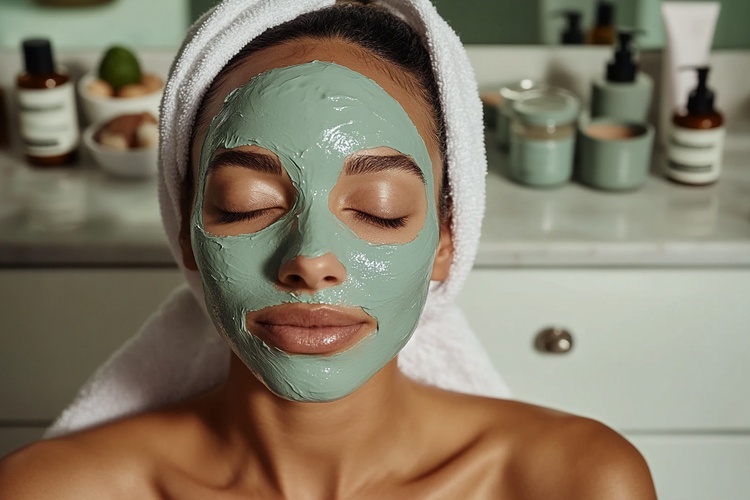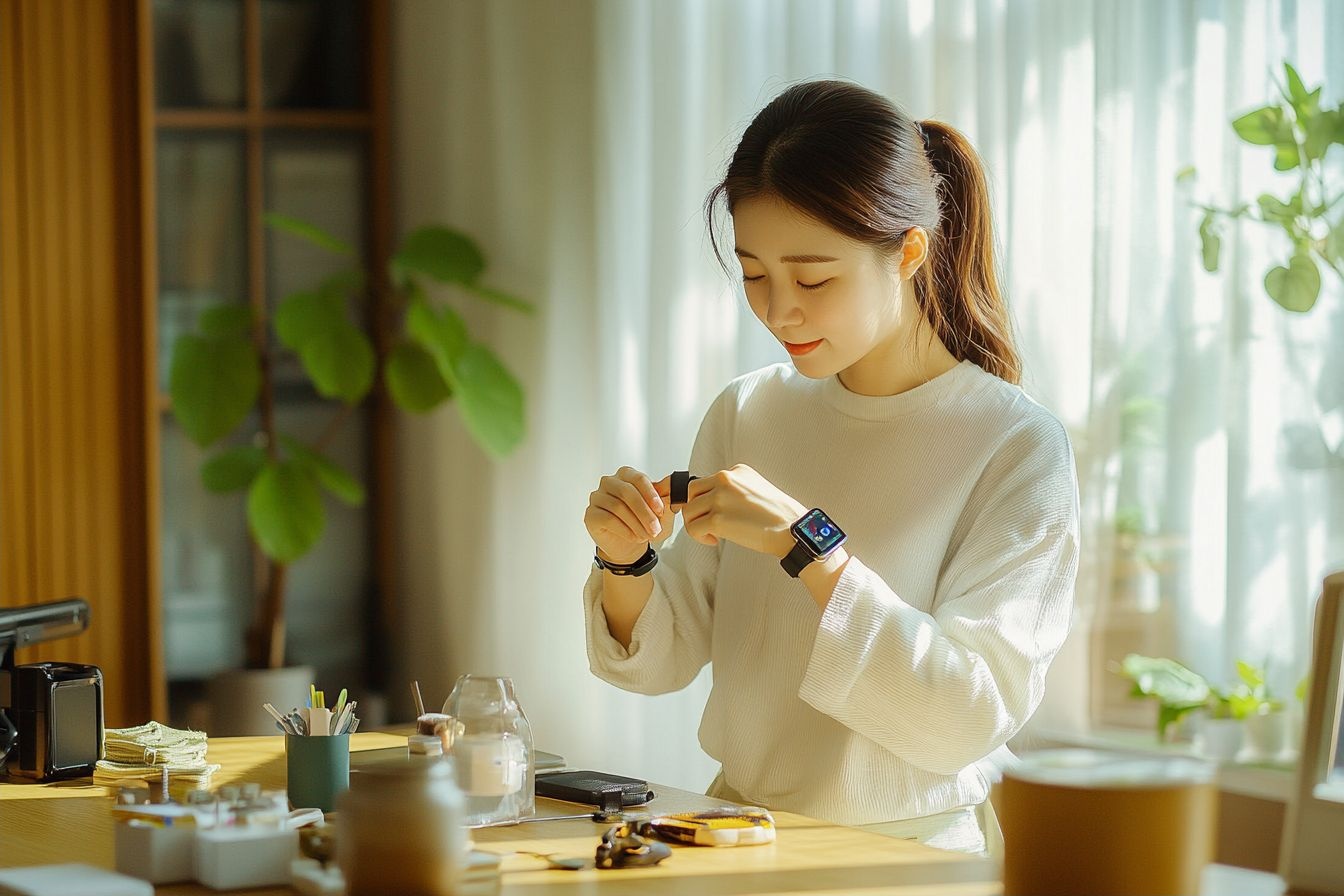Bioactive Clay: Nature's Multitasking Skincare Powerhouse
The beauty world is abuzz with a groundbreaking ingredient that promises to revolutionize skincare routines worldwide. Bioactive clay, a potent natural substance teeming with minerals and therapeutic properties, is quickly gaining traction among skincare enthusiasts and experts alike. This remarkable material, formed over millions of years through complex geological processes, offers a wide array of benefits for various skin types and concerns. From detoxifying pores to balancing oil production and even combating stubborn acne, bioactive clay is proving to be a versatile and effective solution for those seeking a natural approach to skincare. As we delve into the fascinating world of this mineral-rich wonder, we'll explore its origins, applications, and the science behind its transformative effects on the skin.

In recent years, scientific advancements have allowed researchers to delve deeper into the composition and properties of these clays, unveiling their true potential in the realm of skincare. Modern analysis has revealed that bioactive clays contain a complex mixture of minerals, including silica, calcium, magnesium, and trace elements that can have profound effects on skin health.
The resurgence of interest in natural and organic skincare solutions has led to a rediscovery of bioactive clay’s potential. As consumers become more conscious of the ingredients in their beauty products, the appeal of this pure, earth-derived substance has skyrocketed.
The Science Behind Bioactive Clay
At the heart of bioactive clay’s effectiveness lies its unique molecular structure and mineral composition. These clays typically consist of layered silicate minerals with a negative electrical charge. This charge allows the clay to attract and bind positively charged particles, including toxins, impurities, and excess oils from the skin.
The most common types of bioactive clays used in skincare include bentonite, kaolin, and rhassoul. Each variety has its own specific mineral profile and properties, making them suitable for different skin types and concerns.
Bentonite clay, for example, is known for its powerful detoxifying abilities. When mixed with water, it forms a paste that can draw out impurities from deep within the pores. Kaolin clay, on the other hand, is gentler and more suitable for sensitive skin types. It helps to absorb excess oil without over-drying the skin.
Research has shown that bioactive clays can also have antimicrobial properties, potentially helping to combat acne-causing bacteria. Additionally, the minerals present in these clays can provide nourishment to the skin, supporting overall skin health and function.
Benefits for Various Skin Types
One of the most remarkable aspects of bioactive clay is its versatility in addressing a wide range of skin concerns. For oily and acne-prone skin, clay masks can help regulate sebum production and unclog pores, reducing the occurrence of breakouts. The mineral content of the clay can also help to soothe inflammation and redness associated with acne.
Dry and sensitive skin types can benefit from gentler clay varieties that offer hydration and nourishment without stripping the skin of its natural oils. Some clays, like French green clay, are rich in minerals that can help improve skin elasticity and promote a healthy glow.
For those with combination skin, bioactive clay can be used as a spot treatment on oily areas while leaving dry patches untouched. This targeted approach allows for a customized skincare routine that addresses multiple concerns simultaneously.
Even mature skin can reap the benefits of bioactive clay. The mineral content can help stimulate circulation and promote cell turnover, potentially reducing the appearance of fine lines and wrinkles. Some clays also have mild exfoliating properties, which can help to reveal brighter, more youthful-looking skin.
Innovative Applications in Modern Skincare
As the beauty industry continues to evolve, bioactive clay is finding its way into an increasingly diverse range of products. Beyond traditional face masks, this versatile ingredient is now being incorporated into cleansers, toners, and even makeup products.
One of the most exciting developments is the creation of “smart” clay formulations that can adapt to individual skin needs. These advanced products combine bioactive clay with other beneficial ingredients like hyaluronic acid or niacinamide to create multifunctional skincare solutions.
Another innovative application is the use of bioactive clay in overnight treatments. These products work while you sleep, allowing the clay to draw out impurities and deliver minerals to the skin over an extended period. This approach maximizes the benefits of the clay without the need for frequent mask applications.
Some brands are also exploring the potential of bioactive clay in body care products. Clay-infused body wraps and scrubs are gaining popularity for their ability to detoxify and smooth the skin on a larger scale.
Sustainability and Ethical Sourcing Considerations
As the demand for bioactive clay in skincare products grows, questions of sustainability and ethical sourcing have come to the forefront. The beauty industry is increasingly focused on responsible practices, and the sourcing of natural ingredients like clay is no exception.
Many companies are now partnering with local communities to ensure sustainable harvesting of clay deposits. This not only helps to preserve the natural environment but also supports economic development in these regions.
Additionally, some brands are exploring ways to minimize the environmental impact of clay extraction and processing. This includes using renewable energy in production facilities and developing eco-friendly packaging solutions for clay-based products.
Consumers are also becoming more aware of the importance of choosing ethically sourced clay products. As a result, transparency in the supply chain has become a key factor in the success of bioactive clay skincare brands.
In conclusion, bioactive clay represents a fascinating intersection of ancient wisdom and modern science in the world of skincare. Its ability to address a wide range of skin concerns, coupled with its natural origins, makes it a compelling option for those seeking effective and sustainable beauty solutions. As research continues to uncover the full potential of this remarkable substance, we can expect to see even more innovative applications in the future, solidifying bioactive clay’s place as a skincare staple for years to come.





